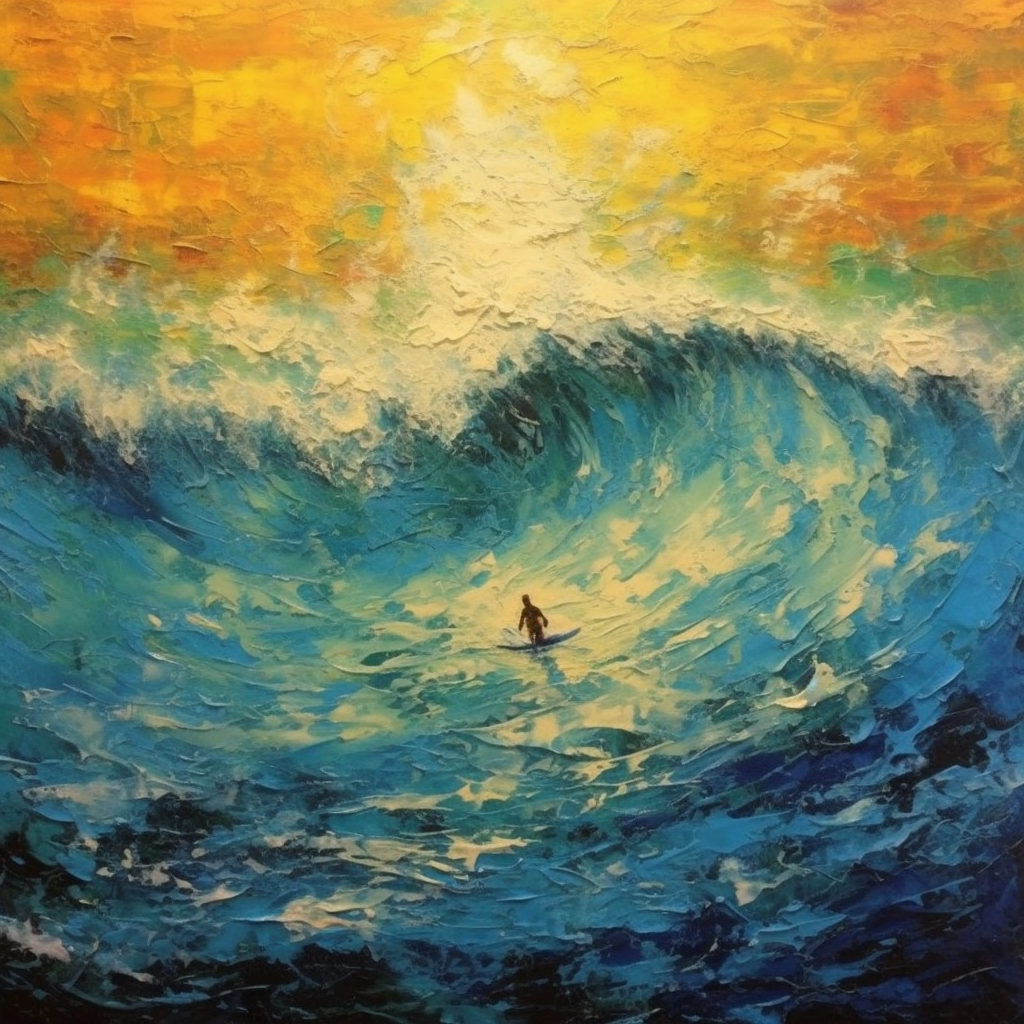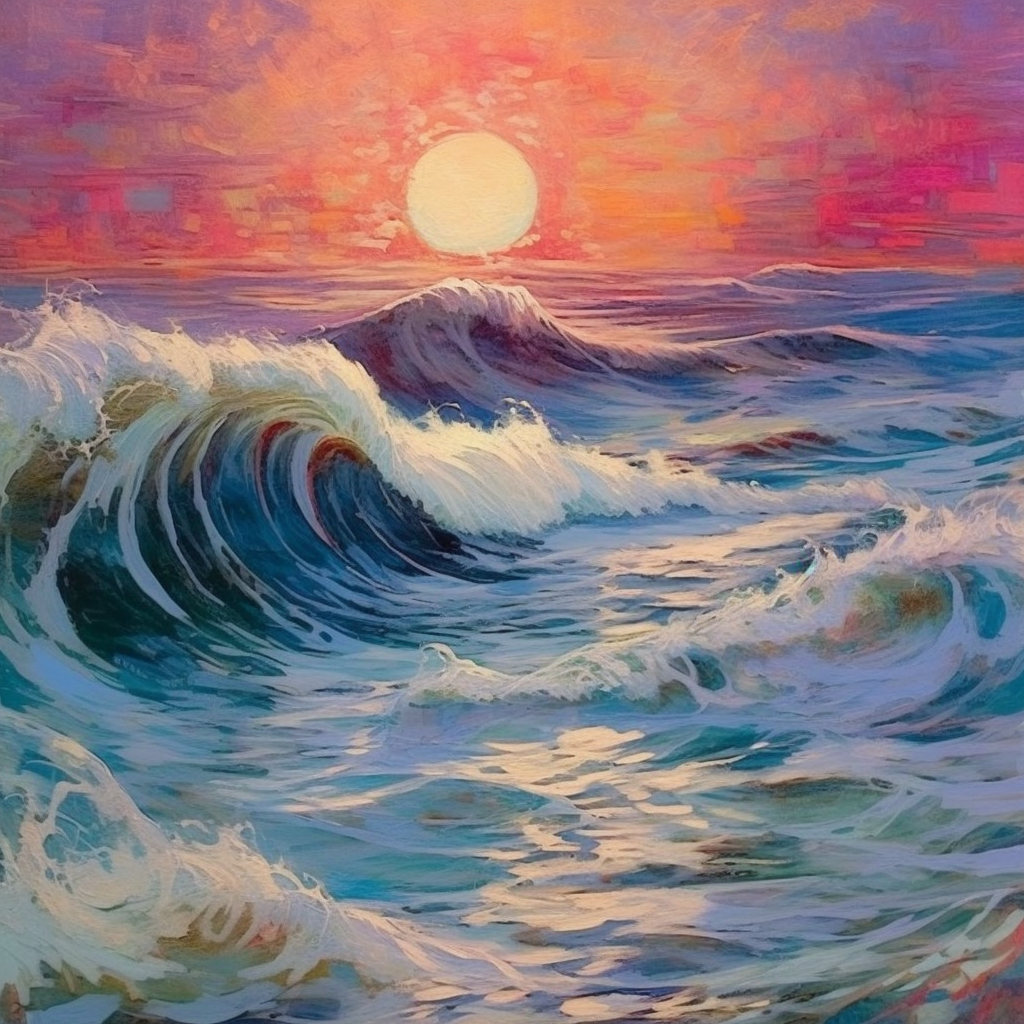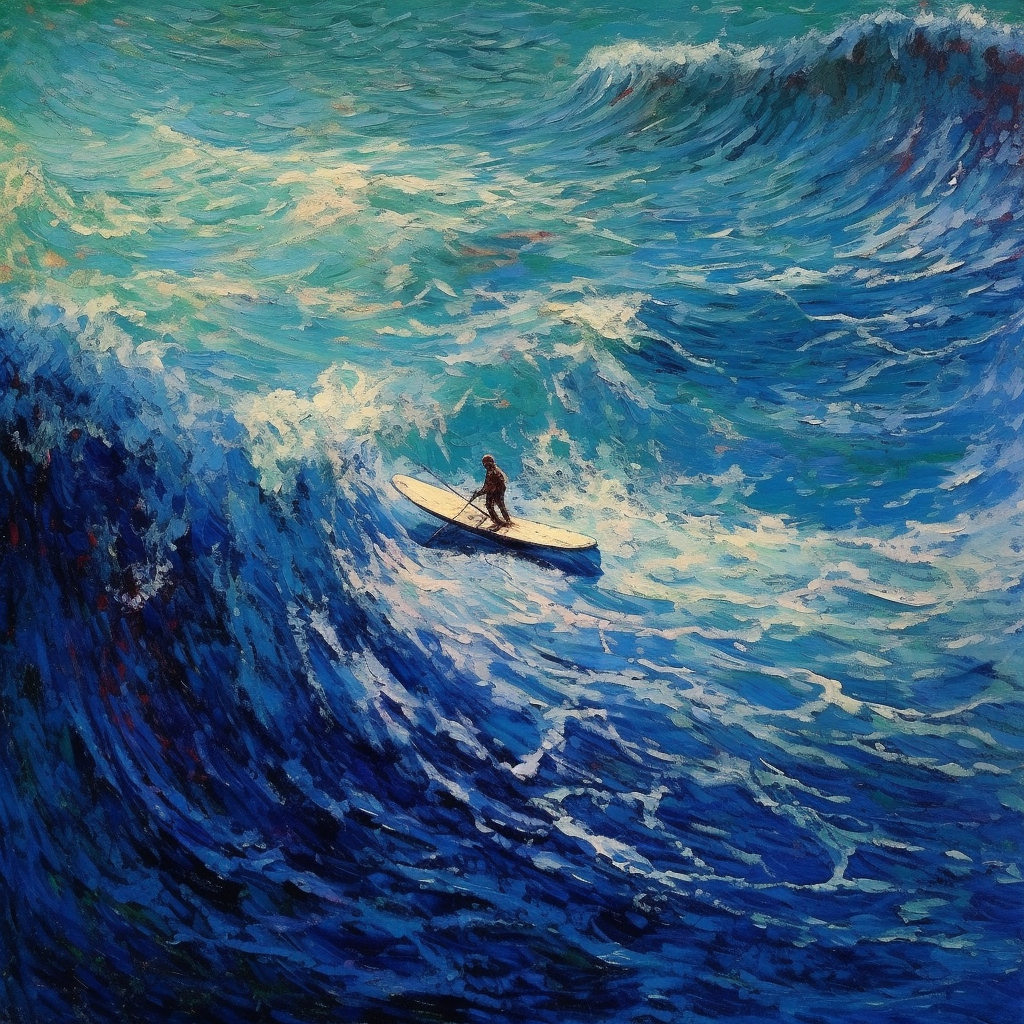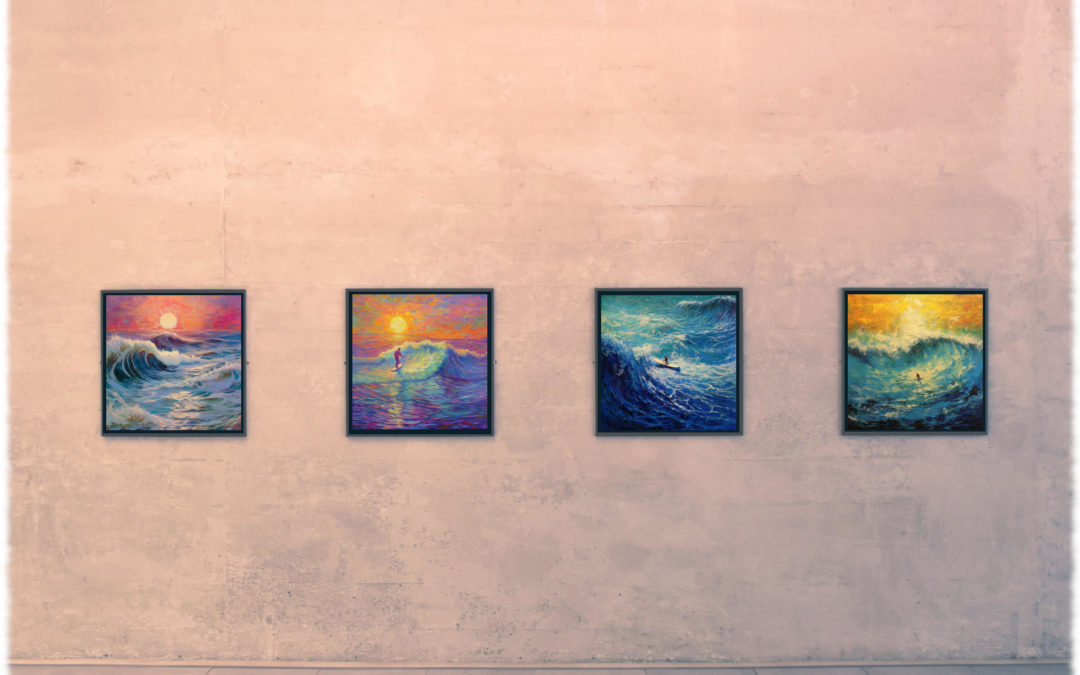The translation of the 37th verse of the Tao Te Ching says:
«The Tao does nothing,
yet leaves nothing undone.»
The text is often credited to be written by ancient Chinese philosopher Lao Tzu. The Wikipedia entry states that the authorship, date of composition, and date of compilation are debated.
This article is special to me in a way because watching «Forgetting Sarah Marshall» coincided with a break up in my life and with the end of my time in Washington DC and Virginia. Today I want to talk about a minor scene in the movie, where Kunu the surf teacher gives a surfing lesson to the protagonist, Peter. At first, I felt this scene was stupid and shallow but the more I contemplated it, the more I realize the ingenuity of it.
Let’s roll it first…
Scene Description:
Kunu the surf teacher (Paul Rudd) tells Peter (Jason Segel) that he is going to be Peter’s instincts. «Don’t do anything, don’t try to surf…don’t do it. The less you do, the more you do.»
He then continues to ask Peter to do a Pop-up telling him to do less, every time Peter does one. In the end, Peter is seemingly discouraged from doing anything, just lying flat on the surfboard. «You gotta do more than that» is what Kunu says closing the circle of the paradox.
So in order to grasp the full width of wisdom which is presented in this clip, I would like to point out one or two crucial archetypes or symbols if we will.

The Teacher
Kunu is portrayed as a kind of stoned dimwitted surfer, he doesn’t know what he is talking about. Going back to the saying that «Children and Fools tell the truth». So Jason Segel as the writer could have chosen to depict Kunu as a Yoda-like savant, who teaches through a conscious understanding of the truth. Instead, he uses the fool archetype to let him speak from the unconscious wisdom he has.
In every instant, we have the chance to open up to the possibility that the holy spirit or executing force of the universe if we will is always by our side. Additionally, it speaks through every external impulse we get from our surroundings. Therefore are children and «fools» a wonderful conduit for it to come through because people observed over time that they don’t usually edit what comes up in their mind and just say it out loud. So the idiot is broadcasting one of the most profound teachings and nobody notices it because he is an idiot.

Secondly: The Wave
I spent a great deal of time in the ocean while I was living in Hawaii last year. To me, waves have always been a playground and source of mystery. Where do they come from and why are they always there? Away from plain physical explanations do I find it intriguing to think about how they travel across the entire ocean effortlessly and yet often come to the surface with undeniable force. Every person who has been caught in the white water of a wave can relate to this complete obliteration or loss of control. Having been in the washing machine part of the wave that will hold us in its grip. The only way to get through is to succumb to it, holding one’s breath until it is time to reorient. Often being perplexed that the surface seems to be in a direction we would have guessed as below.
The strange thing is that when one is behind the breaking point of the waves, the line-up, the “water bumps” are simply passing through and it doesn’t seem so powerful after all. The simple physics of the wave is that it is just energy traveling and not impacting any matter. We as objects on top of a wave are just bobbing up and down from crest to trough to crest again. If we are in front of a breaking wave it is an entirely different story.
Surfing and/or flowing is simply using external energy impulses by manipulating our position, attitude and response to be propelled forward in a “controlled” manner.
The question again may be asked, why is this relevant to a blog dedicated to leadership and life in general. As unlikely as it may sound can life be compared to surfing in the ocean.
The importance is to keep in mind that we are aiming to be propelled by the energy that surrounds us, having fun in the process in the best-case scenario. We can either struggle and fight and exhaust ourselves in doing so. Or we can gain an understanding of the layout and laws and turn the energy into an aid or assistance to reach our goals. This is a little bit like using an opponent’s energy in self-defense. Simply redirecting the external forces and making use of it with minimal expense on our part.
There are three important lessons we can learn from the different phases the surfing experience provides us with.
Knowing when it is time to paddle and give it all we have in order to bring ourselves up to the speed and get ready for the ride. Knowing when it is time to simply do nothing and let the wave carry us. And last but not least to surrender and endure the confusion and chaos rolling over us, in confidence that our breath will last. It is in those moments of disorientation that staying calm will be rewarded because it eventuates in making sane or insane decisions. Observe what important role the breath has. I find this especially intriguing when we deal with water-related topics.
Considering the archetype or symbol water represents, we are talking about emotions. Even though the wave is not exclusively linked to water, the majority of waves we encounter in ordinary reality are probably water-based.
This too can be applied to everyday life because oftentimes our emotions bear down on us, carrying us away in directions we feel we have no control over.
When we listen to what many sages and masters say, being present in the moment is the most important lesson we can learn in life. Taking conscious breaths, deeply inhaling and exhaling while staying observant of the process is a way to be present to what is right now. In a sense, we can see this as a form of preparation. Calming the mind before we get into an argument. Surfing this wave can be seen as addressing issues that are necessary to discuss but balancing our actions and standpoint similar to the surfing experience.
Even though we might think we have goals and want to get to a certain place, will we at some point understand that there is nowhere to go. Additionally, all the circumstances that brought us to the current moment are already here and need no improvement. Except when we are in a real existential, life-threatening situation that is.
We are whole and immaculate as we are and nothing needs to be undertaken to reach some form of completion, as difficult as it might be sometimes.
Our true spiritual path lies within the recognition that we are already what we seek to become. We only have to let go of the layers that are blocking our sight. Layer after layer, letting go of the inaccurate self-image we attained from people who didn’t know any better themselves.
So as long as we are driven by the urge to find our completion in improving ourselves, internal deficiency, or by attaining a goal, external deficiency, there is a great chance of missing the point, which is simply being.
My experience tells me that we are constantly going through these steps anyway and that there is no way of avoiding these pitfalls. The interval and frequency with which these lapses occur will change, given the fact that we do our best to stay present and learn from our experiences.
The mindboggling question is, therefore, how do we do nothing, yet leave nothing undone. Every time I try to fathom this paradox with my intellect I seem to almost get it but it keeps slipping through. Seemingly, the mind is incapable to grasp this lesson from the Tao Te Ching. So the only way we can is to trust in the process and to have faith that the universe, god or the great spirit has our backs and sends us opportunity after opportunity, wave after wave to experience it in our hearts.
While I was mostly struggling to get on the board and catch a wave, being exhausted after twenty or thirty minutes, my friend Jorell surfed endlessly. A big smile on his face, playing and having fun.
One particularly rough day out in the ocean taught me to become more present and to observe the ocean. I was fighting the waves in order to get to the line-up. But no matter how much effort I put into it, in the end, I all-ways got spewed out on the beach, right where I had started. Only that I got more tired with every further attempt.
I think these were the moments where I really started listening to the ocean, establishing an intimate relationship with the giant body of water called the Pacific.
I asked: “Why am I fighting you so much?” “There is a way how to get out there effortlessly, so why am I not seeing it?” The next time I waited and when the time felt right I simply ran, paddled as fast as I could, passing through a gap, or shoulders, of two waves, finding myself in the line up with the other surfers. The gap hadn’t been there when I started but I was in the right place at the right time with almost no effort. Compared to the drudgery in my earlier attempts.
I think we can learn a great deal from surfers and their take on life. This is why I have always enjoyed Jack Johnson and his perspective on life expressed through movies and songs.

The question is what is this exchange telling us and why is it so relevant for our lives? Today I started my day with the first 40 minutes of Alan Watts Audiobook «You’re it» which lead to me thinking about the scene some more.
We have to find balance in our life between allowing randomness and external impulses into our lives while simultaneously taking charge of the possibility of choices we have.
I am trying to keep the images and symbols to a minimum but the next one is crucial to underline this point.
It is like a slot machine that is turning a dial-in round and round very quickly. We could try to anticipate the progression and kind of aim for hitting the mark or the number we wish to lock in but in the end, it is just a guess. The machine has it’s own rhythm or will in a way.
We can learn two important lessons, Kunu gives us right at the beginning of the scene.
«I’ll be your instinct»
Take deep breaths and become present. Focus on your feeling and let your subconscious decide when it is time to pull that lever or start paddling with all your might. Even though I am not very skilled at riding big Hawaiian waves just yet, I somehow know when it is time to paddle. Trust your instincts.
«Don’t do anything, don’t try to…»
If we are trying, we are already set up for «nonsuccess». I don’t know if you have been listening to people a lot who aim at achieving something opening up the sentence with words like «I am trying to…». Chances are if you have been attentively listening to those kinds of storylines, they are in most cases accompanied by the person not achieving what they were going for in the first place.
So how will we end up popping up in the middle of a building wave if while simultaneously doing nothing? It is the oxymoron of not doing anything until it is time to do it. The key is to be well prepared ahead of the event. This also can only be successful by getting a feeling for when the time is right to get moving. Most inexperienced surfers either need an expert in telling when to start paddling or to give them a push and helping them gain momentum.
It is similarly important to stop doing anything once the wave begins to carry us. The most difficult task is to get up and ride because it takes great balance to stay on top. Yet the standing up part is just the cherry on top because we can bodyboard through the whole experience.
Thomas Cleary writes in his book “Zen Lessons: The Art of Leadership” that we as leaders have to watch out for three things:
worry, when there is a lot to do
unrest, when there is nothing to do
speaking in concepts of right and wrong
The first two fall right in line with the message of this article. The third one is a little more subtle but is equally important. The leader who is aware of these pitfalls will steer his team or organization with wisdom that if not applied will cost unnecessary energy and resources.
As we see in the movie clip, it is a very thin line between doing nothing yet leaving nothing undone. My experience tells me that only through trial and error will be we be able to gage this process and find our perfect line or flow.
Crucial to underline is that failing or non-success are necessary ingredients in order to find the gap or midway where flow and effortlessness can be found.
The most destructive attitude we can have towards mistakes and inadvertent events is to want to get rid of them. Not only will we intensify the struggle by focusing on them but also because there is simply no way around it. We can only have one with the existence of the other. So our opportunity is to shift the focus from avoiding or wanting to get rid of mishap to seeing it as an important ingredient for our success.
Without the trough there wouldn’t be any crest. All would be flat and the boards could stay tied to the roof of the car.
The next time you wish yourself that misfortune you experienced wouldn’t exist, try to remember that your sitting in the ocean waiting for opportunities to surf.
If the waves are too big and we seem to get pounded one time after an other, we need to change our location. We’re not ready to manipulate or “tackle” the frequency or swells just yet. Often time minor recalibrations do wonders in terms of a better location.
I would like to close this post with a great quote from Serge Kahili King, Hawaiian Kahuna:
“If you ever feel that using your will is an effort,
relax and start over.”

